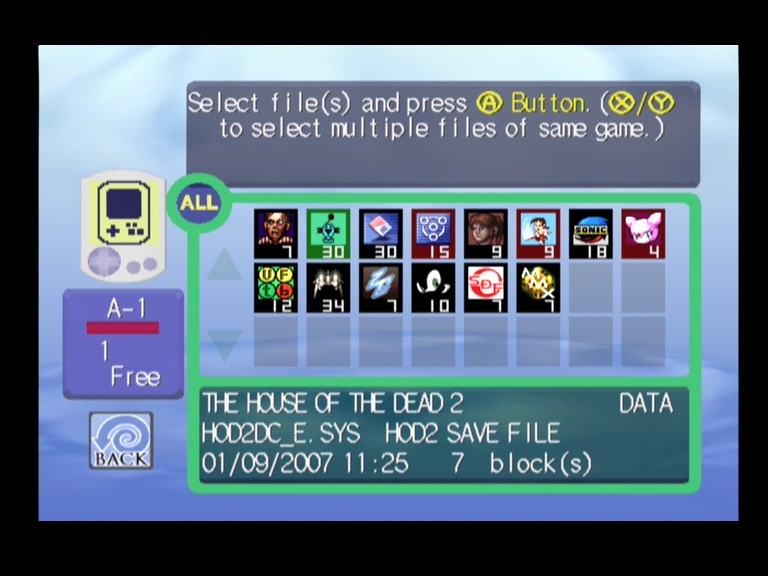

- #Dreamcast bios images full#
- #Dreamcast bios images code#
- #Dreamcast bios images Pc#
- #Dreamcast bios images windows#
Windows CE is Unicode only, so the game needs to be changed from ASCII. Michael Traub from Acclaim on porting the Quagmire engine to the Dreamcast, they used the WinCE SDK to port to the dreamcast and they found that it worked very well, claiming that it only took a month to port the engine thanks to the SDK.Įven although the Windows CE SDK’s main focus is to make it easy to port your game from Standard windows Direct X over to embedded platforms such as the Dreamcast, there were a few important compatibility issues that developers needed to take into account when porting their games. One example of a studio doing just that is a presentation from D.
#Dreamcast bios images Pc#
So it was a trade-off that worked for less performance demanding games as they could be developed much quicker from a PC port 2.
#Dreamcast bios images code#
This reduces development cost as much of the code from the PC version could be used with some modification and it would take less developer time to learn the Application programming Interfaces (API).

The answer mainly comes down to the ease of porting PC games to the platform and the developers can use their prior windows knowledge instead of learning a completely new platform from scratch 2. So why would developers use the Windows CE SDK instead of the more powerful Katana SDK? This had a performance impact, reducing the resources the developers would have for the game, so lower memory, longer loading times and less performance for the actual game. This means that in order to run the game the dreamcast would first boot into the file 0WINCEOS.BIN on the GD-ROM disc and then it would load the game. So to use WindowsCE on the Dreamcast game developers would have to bundle the entire Windows CE OS on the game disc 1. However SEGA decided to go with their own limited BIOS with the Dreamcast instead of a fully functional OS.
#Dreamcast bios images full#
Progress Report July 2017 July 19th, 2017Īfter a slow period at the beginning of the year, the pace has started picking up the past few months on redream's development.Originally called the Dragon SDK and planned to be the full Operating System (OS) of the dreamcast.It's been 6 long months since our last status update, but for good reason - we've been hard at work on plenty of new features, improvements and optimizations that we'd like to talk about today. Progress Report January 2018 January 30th, 2018.Improving Audio / Video Synchronization with the "Multi Sync" July 21st, 2018Įarlier this month v1.2.3 was released, introducing a major change to our audio / video synchronization that I'm excited to talk about today.During this time, many quality of life features have been implemented to make the emulator easier and more enjoyable to use, graphics have taken another step forward, and our audio emulation has finally reached a mature point where there are features yet to be implemented, but what's implemented now works great.

Last week we released our newest stable build, version 1.2.6 marking 6 months since our last progress report.

The plan at the time was to release it within 2 weeks, but other priorities came up and getting the Pi release to production quality was put on hold.


 0 kommentar(er)
0 kommentar(er)
